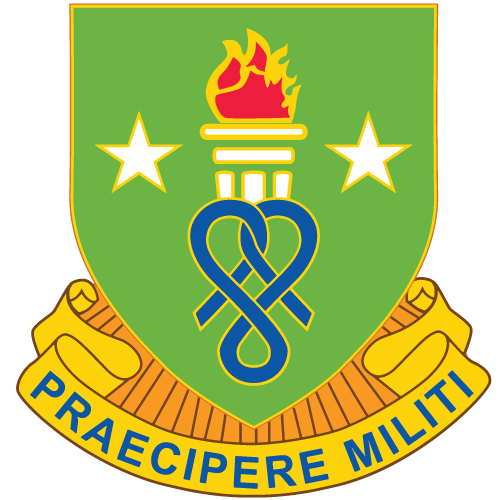as of: 16 Jul 18 Purpose: This course educates military and civilian personnel on advanced cost analysis and cost management principles, theories, and application. This course is not intended to teach the mechanics of GFEBS, but will provide the critical knowledge needed to leverage GFEBS to its full potential and develop leaders’ ability to think critically about controlling and managing costs while fully supporting commanders and the mission.
Scope: This course provides in-depth instructions related to cost analysis and cost management concepts, theories, and application. The first week of this course reinforces the material from the Principles of Cost Analysis and Management (PCAM), but also introduces more advanced concepts and practical exercises. The last two weeks focuses on the application of concepts by providing several case studies and practical exercises that progressively get more complex.
1
1.1 Determine the Diff Between Internal and External Reporting
1.2 Interpret Changes in a Financial Position Over a Period of Time
1.3 Demonstrate How Trans Affect the Acct Equation
1.4 Explain the Impact of Poor Cost Info
2
2.1 Cal Total Cost and Per-Unit Cost
2.2 Determine Unit of Measure in a Multi Equation
2.3 Cal Present or Future Value of a Variety of Cash Flow Scenarios
2.4 Recommend Investment COA Based on NPV Calculation
3
3.1 Cal Expected Values of Alternative Courses of Action
3.2 Recommend A COA on Outsourcing
3.3 Allocate Single Cost Pool to Users
3.4 Cal Cost of Service with Multiple Cost Pools Drivers
4
4.1 Describe Common Pitfalls in ABC and Ways to Avoid Them
4.2 Cal Breakeven Point in Units and Revenue Dollars
4.3 Identify Sensitive Variables through What-if Scenarios
4.4 Cal Point of Indifference Between Two Diff Cost Scenarios
5
5.1 Calculate Econ Order Quantity for Var Situations
5.2 Cal a Prod Plan with the Inventory Chain Template
5.3 Project Sales or Production Levels Using the Rolling Average
5.4 Estimate Future Costs Given Planning Factors
Spending and Efficiency Variances
6
6.1 Determine the Mot and Purpose for Cost Benefit Analysis
6.2 Perform Army Cost Benefit Analysis
7
7.1 Apply Army Cost Benefit Analysis to a Simple Scenario
7.2 Apply Army CBA to a Complex Scenario
7.3 Calculate Volume and Performance Variances
7.4 Spending and Efficiency Variances
8
8.1 Explain Causes of Variances with the Reconciliation Format
9
9.1 Identify Similarities between Battlefield Mgt and Cost Mgt
9.2 Identify Steps in the AAR Process
9.3 Prepare a Forecasts, Var and Recon Brief
9.4 Demonstrate AAR Proficiency
10
10.1 Det the Purpose and Mot for Continuous Improvement
10.2 Apply DMAIC
10.3 Cal Projected Costs with the Cumul Average Learning Curve
10.4 Identify Relevant Components of Inf
11
11.1 Determine the Purpose and Motivation for Leadership Driven
11.2 Determine the Implementation Req for Cost
11.3 Calculate Schedule and Cost Variances
11.4 Apply Earned Value Mgt Principles
12
12.1 Define Characteristics of Org Based Control
12.2 Explain Variances Between Actual (AMCOS)
12.3 Identify the Characteristics of a Cost Mgt Org
12.4 Det Cause Var Between Expected and Actual
13
13.1 Determine the Purpose and Characteristics
13.2 Identify Pitfalls in a Role Based Control
13.3 Apply Role-Based Cost Control Principles
14
14.1 Determine Purpose and Characteristics of Output Based Cost Mgt
14.2 Identify Key Elements of Information
14.3 Calculate Vol and Perform Variances
15
15.1 Determine Motivation for and Characteristics of Change Management
15.2 Apply Change Mgt Theory to Case Study
15.3 Id Key Factors that Impact Eff Change Efforts
